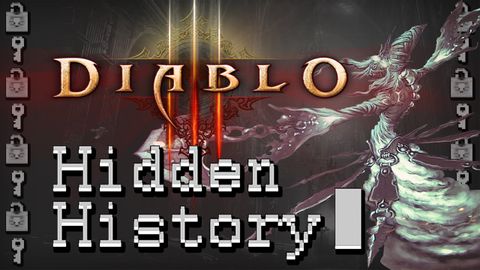
Subtitles & vocabulary
Hidden History: DIABLO ft. Kripparrian
00
王竣生 posted on 2016/05/03Save
Video vocabulary
series
US /ˈsɪriz/
・
UK /ˈsɪəri:z/
- Noun (Countable/Uncountable)
- Set of stories or articles on a particular subject
- A number of things, events, or people of a similar kind or related nature coming one after another.
- Noun (plural)
- Number of things that happen one after another
A1TOEIC
More inspire
US /ɪnˈspaɪr/
・
UK /ɪn'spaɪə(r)/
- Transitive Verb
- To give someone an idea to do or make something
- To make someone feel a certain emotion
- Intransitive Verb
- To breathe in
- To draw (air, etc.) into the lungs.
B1TOEIC
More reference
US /ˈrɛfərəns, ˈrɛfrəns/
・
UK /'refrəns/
- Noun
- A letter of recommendation, e.g. for a job
- Note in a book, etc. giving source of information
- Transitive Verb
- To cite a piece of research in speech or writing
- Mention or refer to.
A2TOEIC
More religious
US /rɪˈlɪdʒəs/
・
UK /rɪˈlɪdʒəs/
- Adjective
- Following the rules and beliefs of a faith
- Relating to or manifesting faithful devotion to an acknowledged ultimate reality or deity.
B1
More Use Energy
Unlock All Vocabulary
Unlock pronunciation, explanations, and filters
